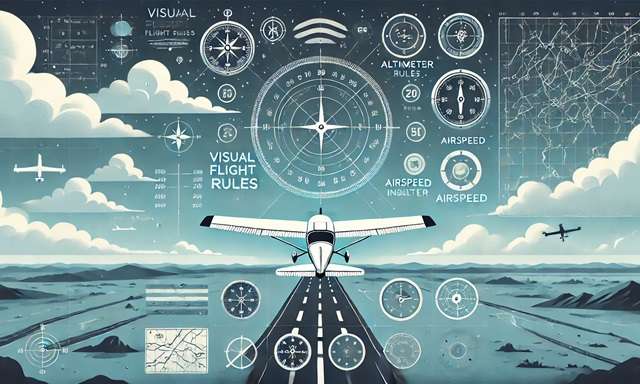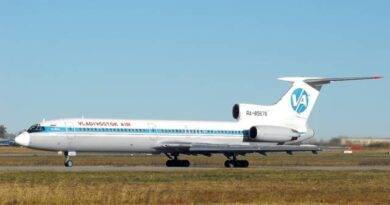Understanding Visual Flight Rules (VFR): A Comprehensive Guide
Visual Flight Rules (VFR) are essential for any pilot navigating the skies. These regulations define the minimum weather conditions necessary for a pilot to operate an aircraft using visual references, rather than relying on instruments alone. Whether you’re an aspiring pilot or simply curious about aviation, understanding VFR is crucial for safe and efficient flight operations.
What Are Visual Flight Rules?
VFR is a set of guidelines that pilots must follow when flying in clear weather conditions. This situation allows them to navigate primarily by sight. These rules are vital for ensuring safety in the air, particularly when flying outside controlled airspace. VFR flights are typically conducted in Visual Meteorological Conditions (VMC). This provides the necessary visibility for pilots to maintain safe separation from other aircraft and obstacles.

Key Components of VFR
Visual Flight Rules (VFR) conditions can vary significantly between different regions due to variations in local weather patterns, topography, and airspace management practices. Aviation authorities, such as the FAA in the United States and EASA in Europe, may have different rules and regulations governing VFR operations. These differences can include varying minimum visibility requirements, cloud clearance distances, and equipment mandates. Pilots must be familiar with the specific VFR conditions and regulations applicable in the region where they intend to fly to ensure compliance and safety (CFI Notebook, Skybrary).
- Weather Minimums: To operate under VFR, certain weather conditions must be met. These include visibility of at least three statute miles and a minimum distance from clouds. These conditions ensure that pilots can see and avoid other aircraft and obstacles during flight (Wikipedia, Your Freedom to Fly).
- Altitude and Airspace: VFR includes specific rules for cruising altitudes, particularly above 3,000 feet above ground level (AGL). These altitudes vary based on the aircraft’s course and are designed to help maintain safe separation from other aircraft. Additionally, different airspaces (Class A, B, C, D, E, and G) have varying VFR requirements, which pilots must be aware of before entering (Wikipedia, Skybrary).
- Aircraft Equipment: Certain equipment is mandatory for VFR flights, including functioning navigation lights, an altimeter, and a communication radio. For night flights, additional equipment like anticollision lights and a source of electrical energy for all installed electrical and radio equipment are required (CFI Notebook).
VFR vs. IFR: What’s the Difference?
VFR is the type of navigation that aircraft make by visual reference in an environment where VMC conditions are present. On the other hand, IFR flights are flights that aircraft make by receiving information from navigation aids and subject to ATC instructions. VMC conditions are a must in VFR flights. On the other hand, IFR flights don’t require VMC conditions. In addition, IFR flights can be made in bad weather conditions. At this point, it cannot be generalized that flights will definitely be VFR when VMC conditions are met. (Spartan College).
Importance of VFR in Aviation
Adhering to VFR ensures that pilots maintain adequate visibility, which is critical for avoiding collisions and navigating safely. It also allows for more flexibility in flight paths and altitudes, as pilots can choose their route based on visual landmarks rather than strictly following instrument-based navigation (CFI Notebook).
Conclusion
Understanding and adhering to Visual Flight Rules is crucial for any pilot. These rules not only ensure safety in the skies but also offer the freedom to navigate using the natural landscape and landmarks. Whether flying through bustling airspaces or remote regions, VFR provides the foundational guidelines necessary for safe and successful flight.
For detailed VFR conditions: https://skybrary.aero/sites/default/files/bookshelf/716.pdf


